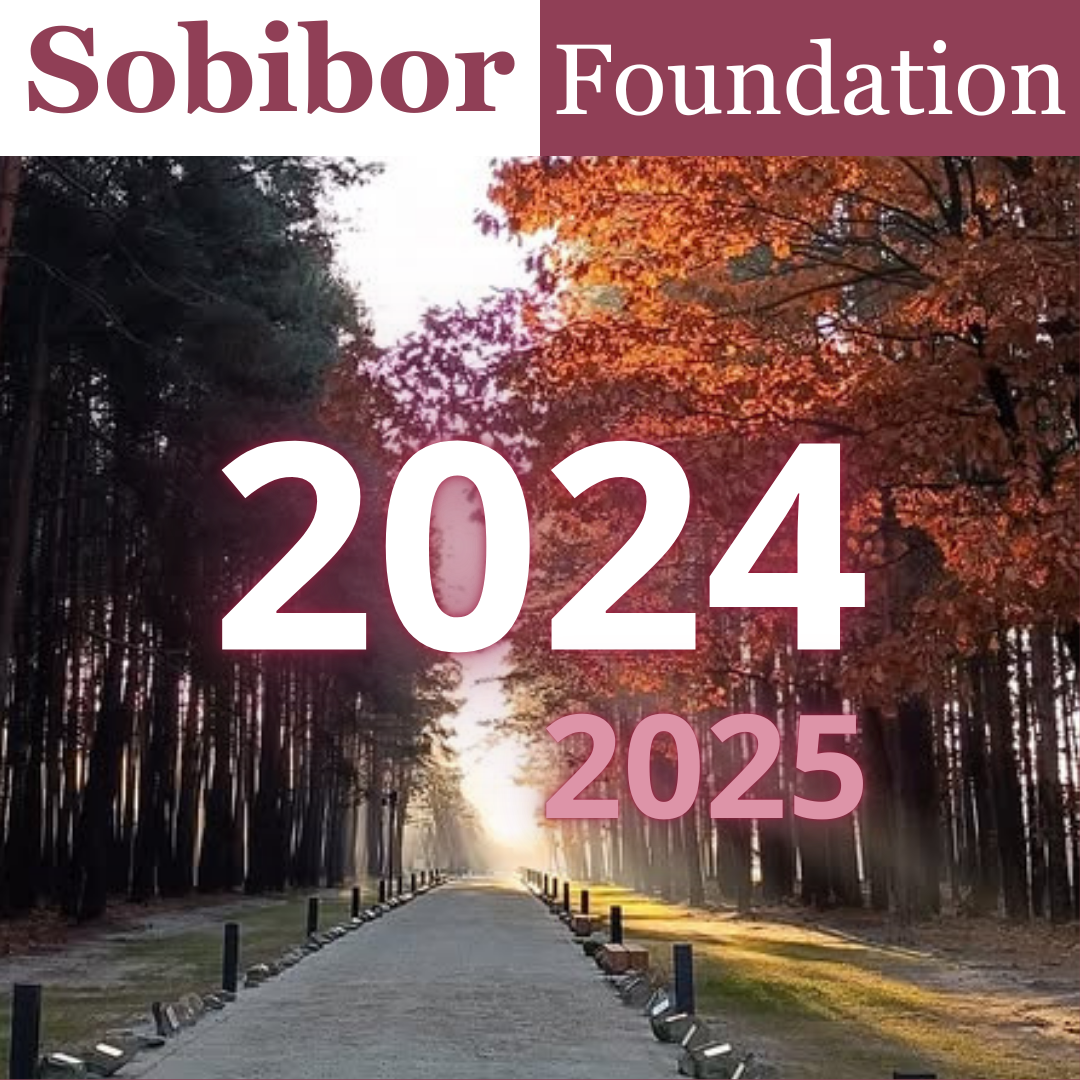

This past year marked the 25th anniversary of the Sobibor Foundation, but we didn’t dwell on it for long.
Although we all hoped for a quieter year in 2024, the conflicts in Ukraine and Israel/Gaza remain ongoing. Polarization is increasing, and public discourse is becoming more intense. This was evident not only during the opening of the National Holocaust Museum, where the Sobibor Foundation was present, but throughout the year. It keeps us vigilant and casts a dark shadow as we remember the past and express our hopes for the future. We remain convinced of the need to continue sharing our message.
Sobibor commemoration
Fortunately, there was great interest in the June 1 commemoration at the Vondelpark. Beforehand, students from the Utrecht Theatre School performed “The Child is No More”, about the evacuation of the Central Israelite Orphanage in Utrecht in 1942. This performance was staged outdoors for the first time, a real challenge for director Gilles Groot. It’s heartwarming to see young people immerse themselves in the past, imagining themselves as the children of that time; it’s a beautiful way to add an extra dimension to remembrance.
Natascha van Weezel was our speaker. Her nuanced vision of a tolerant and inclusive society resonated with all. Her strength lies in staying true to herself while contemplating the world, thereby inspiring individuals to reflect on their personal contributions.
To mark the foundation’s 25th anniversary, we organized a gathering at the Blauwe Theehuis after the commemoration. This follow-up conversation proved valuable, fostering intergenerational connections. This post-commemoration gathering will now become a regular part of our events.
Holocaust education
This year, we also focused on strengthening our network. This enabled us to participate in initiatives led by the National Coordinator for Combating Antisemitism (NCAB) and the National Plan for Strengthening Holocaust Education. Our teacher program, part of our Aktion Reinhard Field Trip, aligns well with initiatives being developed and rolled out in January 2025.
We are also pleased with our new collaborations with the Anne Frank Foundation and the National Committee 4 & 5 May. They contributed to the program for the second youth reunion day at the National Holocaust Museum, organized for students who participated in the International Youth Conference in Sobibor. The international Anne Frank Youth Network in the Netherlands and the Young Impact Foundation were introduced to the students. These additions enrich the experiences gained from such trips. Many thanks to the Province of Gelderland for making this possible.
Governance
This year also saw a change in our board. We bid farewell to Fergal van de Wouw, who conducted a survey on the importance of youth trips to Sobibor and initiated efforts to strengthen our network. Thank you, Fergal. Sophie Bots, an enthusiastic young woman, has taken his place and will focus on youth policy. Welcome, Sophie.
In April, the NIOD Institute for War, Holocaust, and Genocide Studies organized an excellent international symposium on the archaeological finds in Sobibor and their significance. Two exceptional books were published on the topic. The poignant film “Deadly Deception at Sobibor” was screened at the Resistance Museum in conjunction with the symposium. The film, directed by Gary Hochman, documents the work of archaeologists Wojciech Mazurek, Yoram Haimi, and Ivar Schute since 2008.
During our annual commemoration of the Sobibor uprising, co-organized with the Resistance Museum, these topics were revisited. Erik Schumacher and Rosanne Kropman spoke about their respective books inspired by the Sobibor excavations. The event, newly titled “Sobibor: Resistance and Hope”, aims to appeal to younger generations to inspire attendance.
At “Sobibor: Resistance and Hope,” the Jules Schelvis Youth Award was presented to Tess Sluijs and Sophie Brinkhof from the Sint Maartenscollege in Voorburg. They created a research project on two survivors of the uprising, Selma Wijnberg from the Netherlands and Thomas Blatt from Poland. The jury commended ‘their fresh perspective, consistent approach, and unique storytelling about Sobibor’. Congratulations, Tess and Sophie, and thanks to jury members Jeroen van den Eijnde, Doede Sijtsma, and Maarten Eddes.
In April, the Sobibor Foundation participated in an international seminar on Aktion Reinhard in Lublin, Poland. Few people realize that Lublin was central to the Holocaust’s operations. The Grodzka Gate – NN Theatre organization is dedicated to preserving the memory of Lublin’s Jewish community before and during WWII.
At the invitation of board member Petra van den Boomgaard, I spoke at the May 4 commemoration organized by students of the University College Utrecht. These students also conducted remarkable interviews with survivors this year.
International
In 2024, we organized both the remembrance and the Aktion Reinhard fieldtrip journeys. Interest was so high that we conducted a second remembrance journey in the autumn. During this trip, participants were able to unveil their stones on the lane of remembrance. The foundation added 20 new stones, bringing the total to 410. It remains to be seen if the Sobibor Museum will allow more additions, but we continue our efforts.
Our social media presence has grown significantly, attracting international attention. As a result, we decided to publish an English newsletter several times a year and make our website bilingual.
Finally, looking ahead, April 8, 2025, will see the release of the long-awaited biography of Jules Schelvis by Cees Banning. We are also exploring the possibility of organizing our youth trip to Sobibor and creating a podcast. The podcast will be produced by Audiodroom, known for their series “Erased” about Anne Frank’s friend Ilse Wagner, who was murdered in Sobibor at 14. We aim to release this podcast in 2025.
A thank you to the board for all their work, and I look forward to 2025!
Christine Gispen-de Wied
Chairperson Sobibor Foundation





 When our bus arrives at the empty parking lot, the appearance of the camp has changed, but the platform looks just as it did before the renovation. Weeds grow tall between the concrete slabs. The track is used for timber transport in the summer, and passenger trains also run. A current timetable at the small station across the way shows that the train between Wlodawa and Chelm passes four times a day.
When our bus arrives at the empty parking lot, the appearance of the camp has changed, but the platform looks just as it did before the renovation. Weeds grow tall between the concrete slabs. The track is used for timber transport in the summer, and passenger trains also run. A current timetable at the small station across the way shows that the train between Wlodawa and Chelm passes four times a day.





 After the conversation led by Petra van den Boomgaard with Kropman and Schumacher, the question came up, “Was there a connection between the escape tunnel and the murder of the captain? Actually, the answer does not matter. What matters is that this afternoon knowledge will be shared about Dutchmen in the camp and the results of archaeological excavations. Also important are the young people taking an interest in people who kept hope under the most difficult circumstances. Kept hope for a better future until the very last moment. Hope to make the horrors of Sobibor known to the world. That is resistance.
After the conversation led by Petra van den Boomgaard with Kropman and Schumacher, the question came up, “Was there a connection between the escape tunnel and the murder of the captain? Actually, the answer does not matter. What matters is that this afternoon knowledge will be shared about Dutchmen in the camp and the results of archaeological excavations. Also important are the young people taking an interest in people who kept hope under the most difficult circumstances. Kept hope for a better future until the very last moment. Hope to make the horrors of Sobibor known to the world. That is resistance.









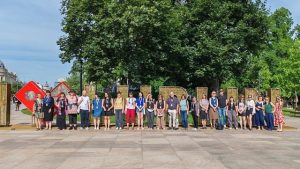 The Sobibor Foundation participated in an International Seminar Tour in Lublin and Region June 16-21, 2024: Unveiling ‘Aktion Reinhardt’: A Multiperspective Exploration. The seminar was organized by Brama Grodzka Gate-Teatr NN in Lublin.
The Sobibor Foundation participated in an International Seminar Tour in Lublin and Region June 16-21, 2024: Unveiling ‘Aktion Reinhardt’: A Multiperspective Exploration. The seminar was organized by Brama Grodzka Gate-Teatr NN in Lublin.
 This past May, Laurens van Hofslot and Olivia Rice, students from University College Utrecht, participated in the commemorative trip. Their involvement was linked to their participation in the interview project of Stichting Sobibor. For this project, both have interviewed various survivors and descendants of the Holocaust. The main goal of this ongoing project is to document the wartime and life stories for families. As a culmination, Olivia and Laurens joined the commemorative trip to Sobíbor.
This past May, Laurens van Hofslot and Olivia Rice, students from University College Utrecht, participated in the commemorative trip. Their involvement was linked to their participation in the interview project of Stichting Sobibor. For this project, both have interviewed various survivors and descendants of the Holocaust. The main goal of this ongoing project is to document the wartime and life stories for families. As a culmination, Olivia and Laurens joined the commemorative trip to Sobíbor. In accordance with Jewish tradition, we also held a memorial ceremony at the ash mound, where people could name their family members. This moment was very emotional and left a deep impression. It was very powerful to see and hear that, despite everything, these families could be here to honor their relatives, despite the immense suffering inflicted upon their families. Olivia writes how the kind and friendly group made this moment of remembrance in Sobibor camp even more poignant. “I truly realized that day what the impact of the Holocaust really was. It is easy in the academic world to distance yourself from the tragedies and human rights violations you learn about. The commemoration left an impact that ensures I will never do this again.” Laurens also writes that as a student, you can sometimes easily fall into the trap of dealing with Holocaust information in an academic manner, but this commemoration made the stories of the Holocaust tangible for him in a new way. The stark contrast between the location of Sobíbor camp—a seemingly peaceful place in the middle of the forest, where the sun shines, and birds sing—and the atrocities that took place there was jarring.
In accordance with Jewish tradition, we also held a memorial ceremony at the ash mound, where people could name their family members. This moment was very emotional and left a deep impression. It was very powerful to see and hear that, despite everything, these families could be here to honor their relatives, despite the immense suffering inflicted upon their families. Olivia writes how the kind and friendly group made this moment of remembrance in Sobibor camp even more poignant. “I truly realized that day what the impact of the Holocaust really was. It is easy in the academic world to distance yourself from the tragedies and human rights violations you learn about. The commemoration left an impact that ensures I will never do this again.” Laurens also writes that as a student, you can sometimes easily fall into the trap of dealing with Holocaust information in an academic manner, but this commemoration made the stories of the Holocaust tangible for him in a new way. The stark contrast between the location of Sobíbor camp—a seemingly peaceful place in the middle of the forest, where the sun shines, and birds sing—and the atrocities that took place there was jarring.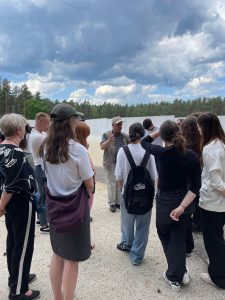
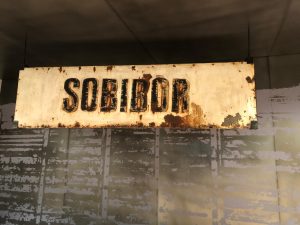


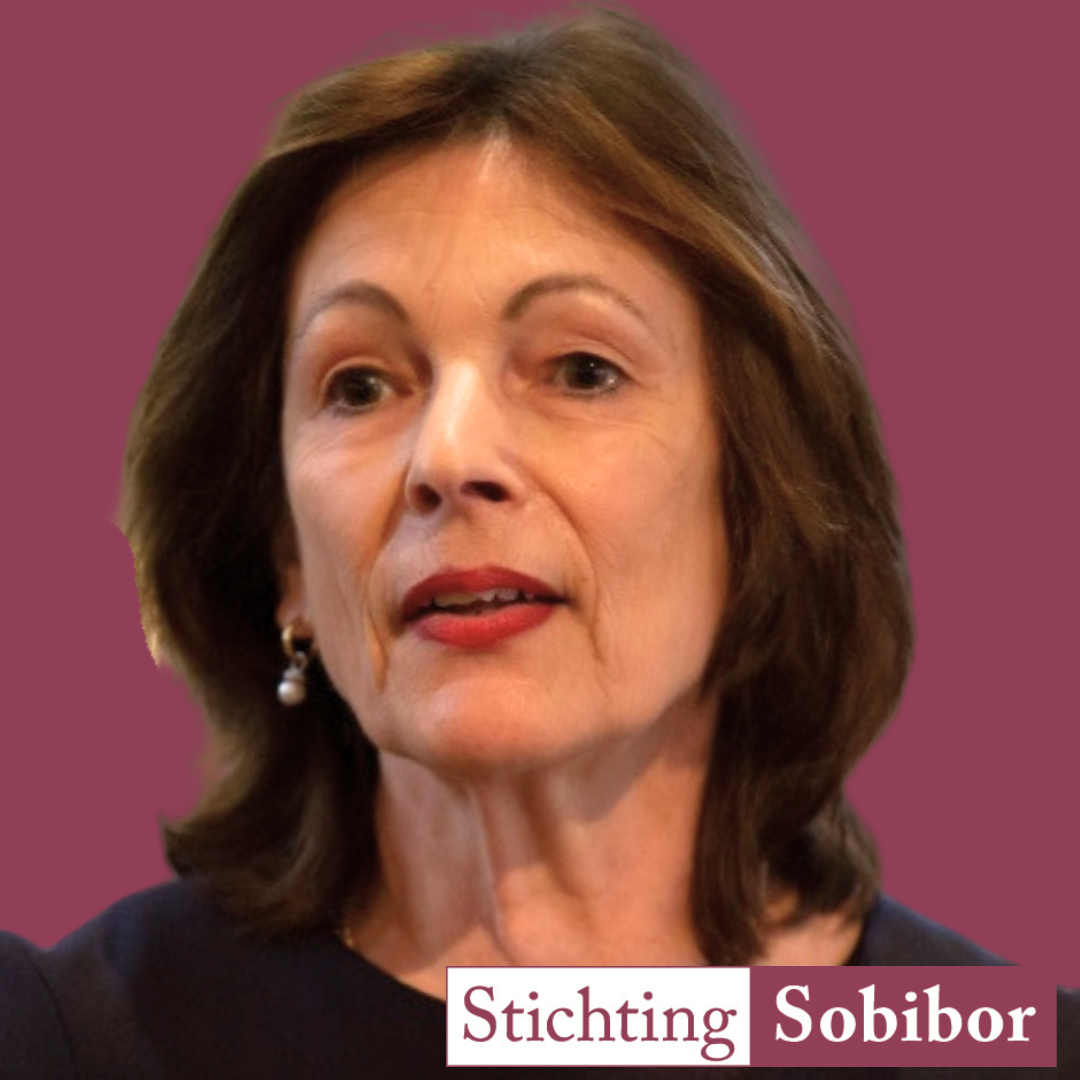
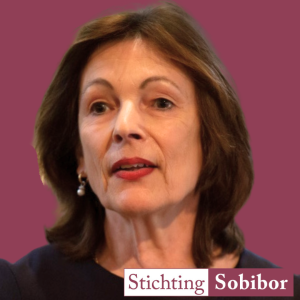
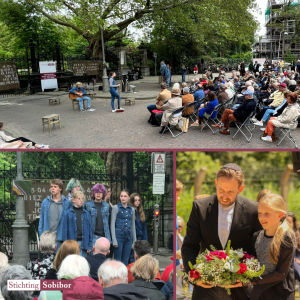 And then ‘Sjiwwe for Sobibor’; a theatre project about the 19 trains that went to Sobibor between March and July 1943. ‘Theater Roestvrij’ created a beautiful, moving performance about life in Westerbork before departure and on the train. This production was a collaboration with ‘Theater Na de Dam’ (‘Theatre after the Dam‘), Westerbork Memorial, and the Sobibor Foundation.
And then ‘Sjiwwe for Sobibor’; a theatre project about the 19 trains that went to Sobibor between March and July 1943. ‘Theater Roestvrij’ created a beautiful, moving performance about life in Westerbork before departure and on the train. This production was a collaboration with ‘Theater Na de Dam’ (‘Theatre after the Dam‘), Westerbork Memorial, and the Sobibor Foundation.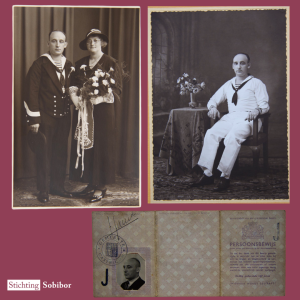
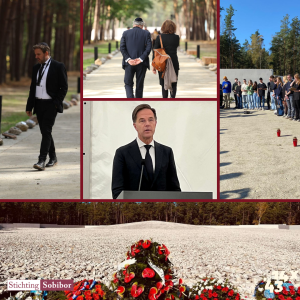 On
On 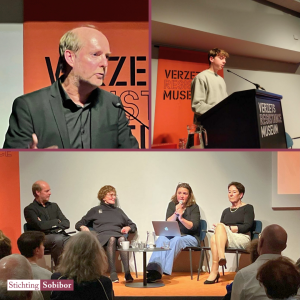
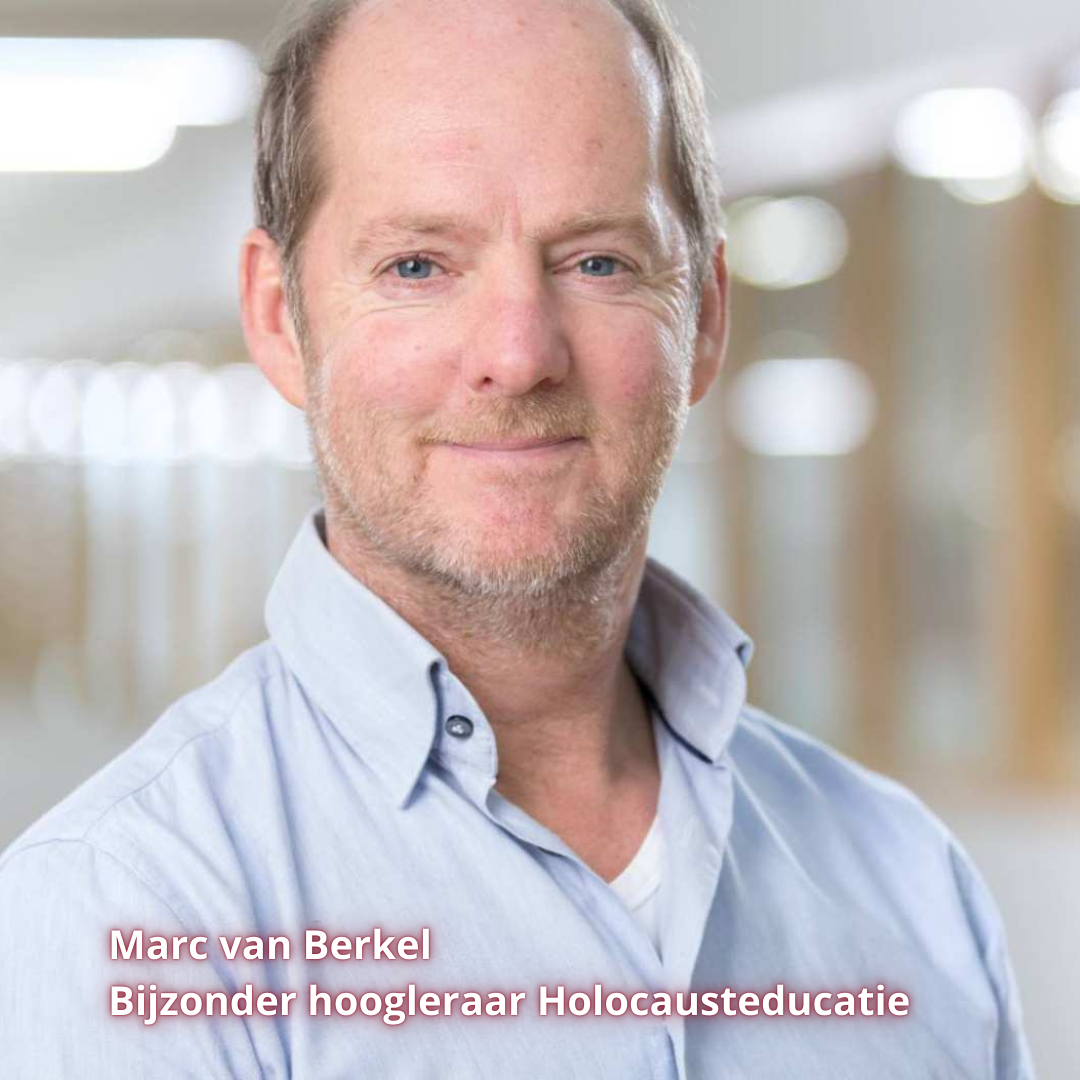
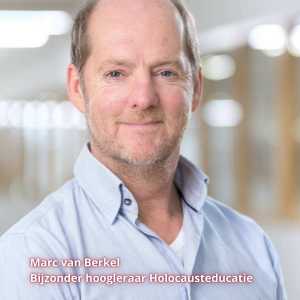
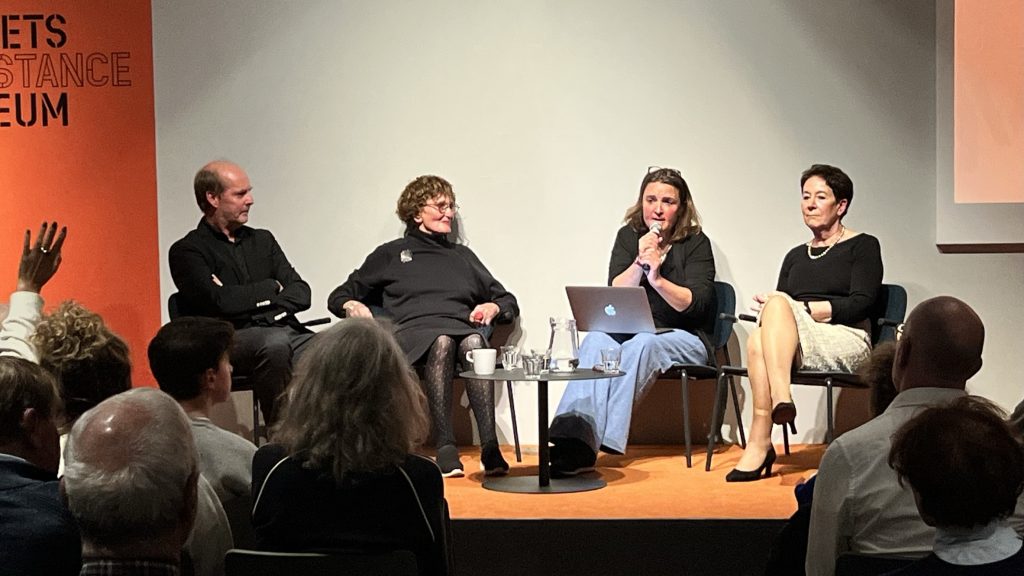

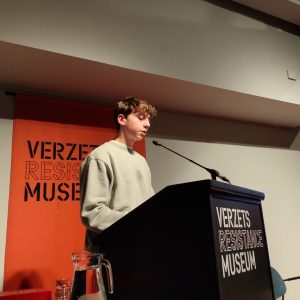 The Sobibor Foundation is proud to announce that the Jules Schelvis Youth Prize 2023 has been awarded to Oscar Visser. His paper, “
The Sobibor Foundation is proud to announce that the Jules Schelvis Youth Prize 2023 has been awarded to Oscar Visser. His paper, “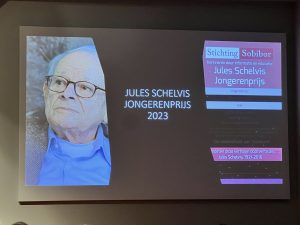
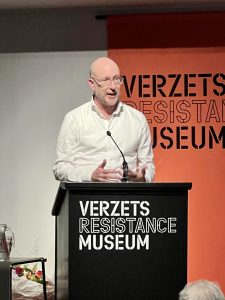 The Sobibor Foundation established this prize in 2020 for young people, who in a special way bring attention to the former Nazi extermination camp Sobibor and feel involved in contributing to the lasting memory of Sobibor. The Jules Schelvis Youth Prize consists of a certificate and a sum of €250.
The Sobibor Foundation established this prize in 2020 for young people, who in a special way bring attention to the former Nazi extermination camp Sobibor and feel involved in contributing to the lasting memory of Sobibor. The Jules Schelvis Youth Prize consists of a certificate and a sum of €250.